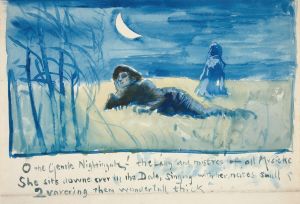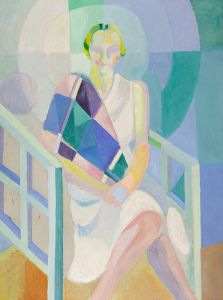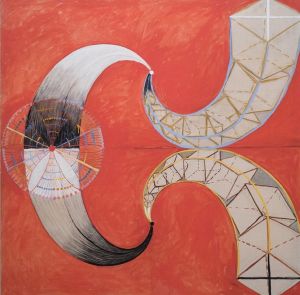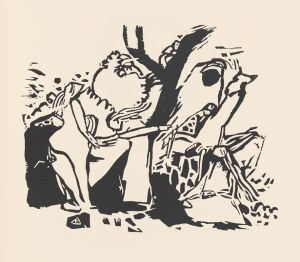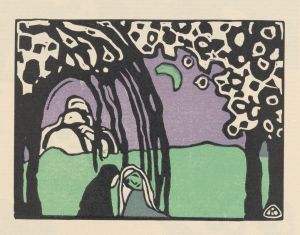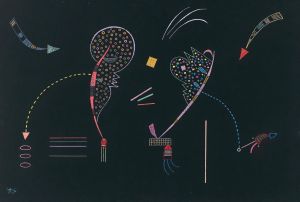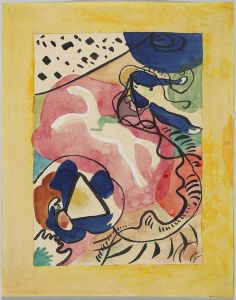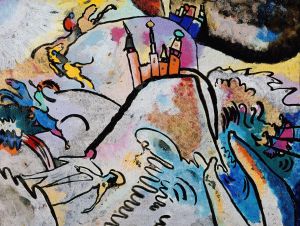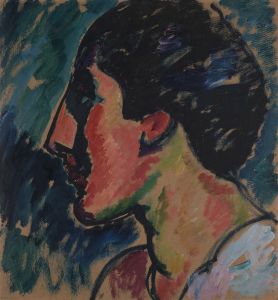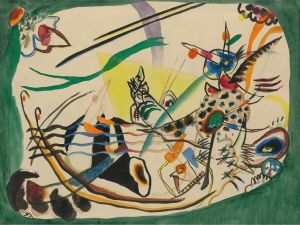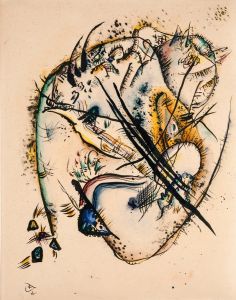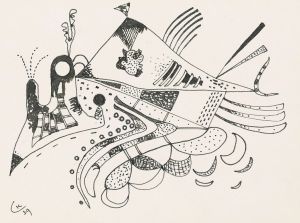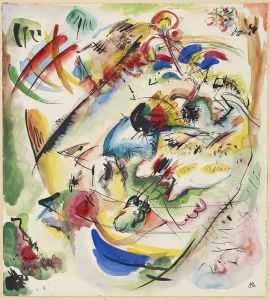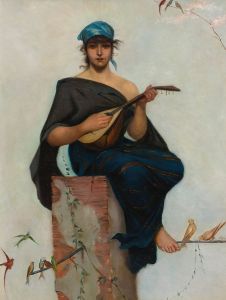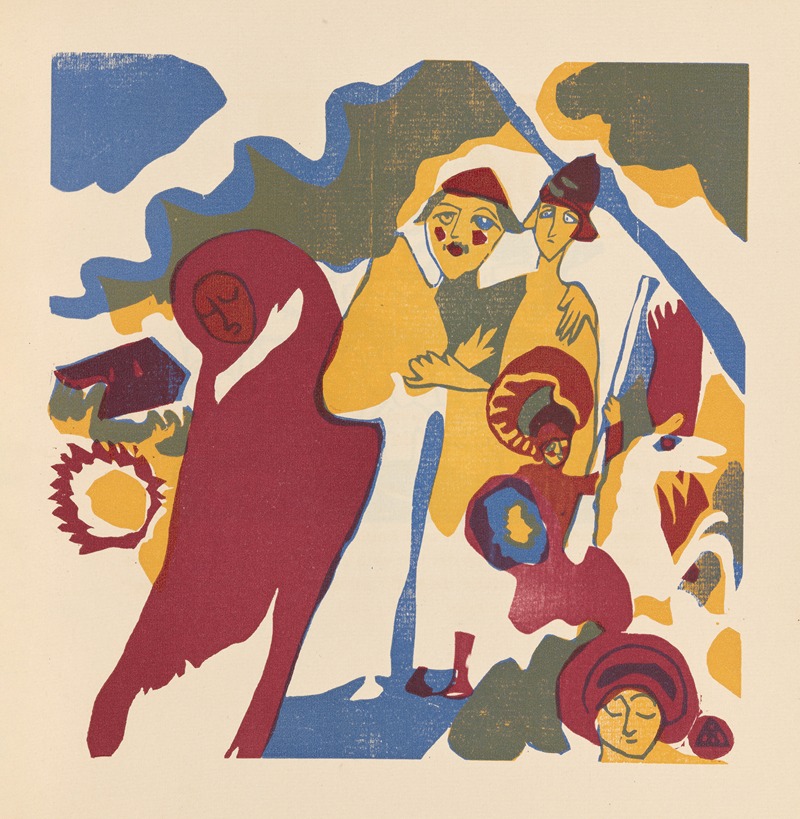
Klänge Pl.07
A hand-painted replica of Wassily Kandinsky’s masterpiece Klänge Pl.07, meticulously crafted by professional artists to capture the true essence of the original. Each piece is created with museum-quality canvas and rare mineral pigments, carefully painted by experienced artists with delicate brushstrokes and rich, layered colors to perfectly recreate the texture of the original artwork. Unlike machine-printed reproductions, this hand-painted version brings the painting to life, infused with the artist’s emotions and skill in every stroke. Whether for personal collection or home decoration, it instantly elevates the artistic atmosphere of any space.
Wassily Kandinsky, a pioneering figure in abstract art, created "Klänge Pl.07" as part of his broader exploration of the relationship between visual art and music. Kandinsky, born in 1866 in Moscow, is often credited with painting one of the first purely abstract works. His artistic journey was deeply influenced by his synesthetic experiences, where he perceived colors and shapes as having inherent sounds and emotions. This unique perspective is evident in his work, where he sought to evoke a sensory experience akin to music through visual means.
"Klänge" (meaning "Sounds" in German) is a significant work in Kandinsky's oeuvre, consisting of a series of woodcuts and accompanying prose poems. Created between 1911 and 1913, this collection is a testament to Kandinsky's belief in the synthesis of the arts. The series reflects his interest in the spiritual and emotional power of art, a theme he explored extensively in his theoretical writings, such as "Concerning the Spiritual in Art."
"Klänge Pl.07" is one of the woodcuts from this series. Kandinsky's use of woodcut as a medium is notable for its bold, graphic quality, which complements his abstract style. The choice of medium also reflects his interest in traditional techniques while pushing the boundaries of modern art. In "Klänge," Kandinsky combines visual art with literary elements, creating a multisensory experience that challenges the viewer to engage with the work on multiple levels.
The imagery in "Klänge Pl.07" is characterized by abstract forms and a dynamic composition, typical of Kandinsky's work during this period. His use of geometric shapes and vibrant contrasts creates a sense of movement and rhythm, akin to a musical composition. This approach aligns with his theoretical ideas about the spiritual nature of art and its ability to convey emotions beyond the literal representation of objects.
Kandinsky's work during this time was heavily influenced by his involvement with the Blue Rider (Der Blaue Reiter) group, an association of artists that included figures like Franz Marc and August Macke. The group was united by a shared interest in expressing spiritual truths through art and breaking away from the confines of traditional representation. "Klänge" embodies these ideals, as Kandinsky sought to transcend the visual and engage with the viewer's inner experience.
"Klänge Pl.07," like other pieces in the series, reflects Kandinsky's innovative approach to art-making, where he sought to create a universal language of form and color. His work laid the groundwork for future developments in abstract art and influenced generations of artists who followed. Kandinsky's legacy is not only in his paintings and prints but also in his theoretical contributions, which continue to inspire discussions about the nature and purpose of art.
In summary, "Klänge Pl.07" is a significant example of Wassily Kandinsky's exploration of abstraction and his quest to create a visual language that resonates with the emotional and spiritual dimensions of human experience. Through his innovative use of form, color, and medium, Kandinsky invites viewers to experience art as a multisensory journey, much like a piece of music that speaks directly to the soul.





